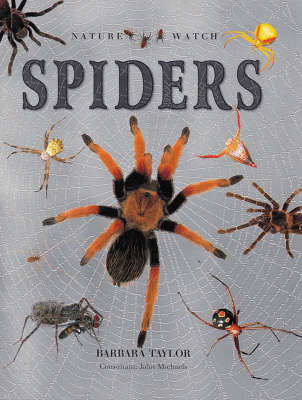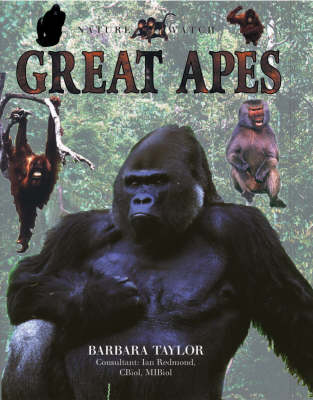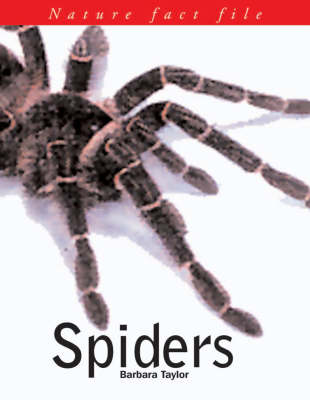Nature Fact Files
5 total works
This book provides a fascinating and exciting investigation into the amazing world of the spider. Find out how spiders work, their different types, shapes and sizes, their senses and behaviour patterns, how they feed, hunt, spin webs and breed. It is packed with over 180 stunning colour photographs from renowned wildlife photographers. Detailed cross-sections and diagrams reveal the complex inner workings of a spider's body. It is a lively and accessible reference, ideal for home and school use for 8- to 12-year-olds. Loathed and feared by many, spiders are some of the least understood, yet most intriguing creatures in the animal world. Using examples of spiders from all over the world, this exciting and comprehensive guide offers an insight into their captivating world. Find out which spiders stalk and hunt their prey like cats, why spiders don't get caught in their own webs and why some spiders' venom is deadly poisonous. Discover their amazing courtship rituals and astonishing use of camouflage. Six focus spreads take a closer look at one family of spiders or an aspect of spider life.
Myth boxes explore legends and stories about spiders from many cultures and ages, and Did You Know? features provide quirky facts that will both amaze and amuse.
Myth boxes explore legends and stories about spiders from many cultures and ages, and Did You Know? features provide quirky facts that will both amaze and amuse.
Explains the lifestyles, habitats, and physical characteristics of the four great apes: chimpanzees, bonobos, gorillas, and orangutans.
The New Nature Watch Series answers the ques tions that children ask about wildlife. The books examine fe eding, defence, life cycles, habitats, play and legends and myths attached to a wide variety of animals. '
Discover amazing courtship rituals and astonishing use of camourflage.
Describes many aspects of African and Asian elephants, such as physical characteristics, feeding habits, communication, and behavior.



